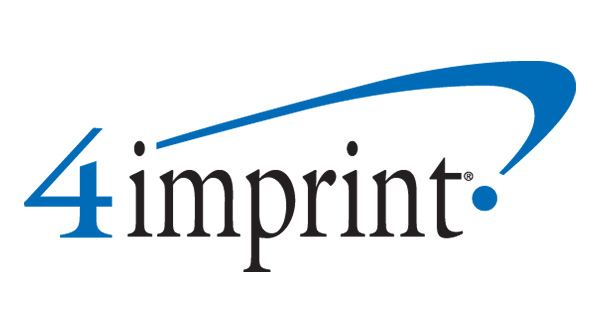Strategies you can adopt to minimize the effect of delayed parts
As a shop owner, you can encounter many issues in your day-to-day operations. There are some issues you can control and some you cannot. One of the problems you may face that you can’t control is within the supply chain. What happens when it takes a long time to receive a part? How do you handle it with customers that may not understand the collision industry’s landscape? In this article, we’ll discuss the different strategies you can adopt into your business practices to help keep your shop running at full capacity.
1. Educate Your Clients

Jeremy Blom owner of Auto Body Clinic of Huron, South Dakota
There are times when a customer may become angry when they hear that it may take days, or sometimes even weeks, for their car to be repaired. These situations can be difficult to handle. Jeremy Blom, owner of Auto Body Clinic in Huron, South Dakota, has been in business for 11 years and handled his fair share of upset clients. He’s found that taking the time to fully explain the situation to agitated customers can greatly improve their demeanor. He says, “Thankfully, once we tell them how it is we don’t experience too much push back. A lot of the time it’s only one option. They either accept it or the car sits.”
Many of your customers will either have limited or no experience with the collision industry. It can be frustrating when you have to explain the basics of your expertise to someone, but, for the most part, once a customer understands the full difficulty of attaining parts, they will be calmer. With a new knowledge base, they can become more patient and appreciative of what you go through to help fix their vehicle.
2. Meet Regularly with Your Team
Implementing team meetings can help your business in more ways than one. According to DRIVE Coach Cassaundra Croel, “Discussing scheduling with the front staff, reviewing progress with production staff, and monitoring which vehicles need to go out overall can help increase your team’s productivity. These daily meetings are the key to success in this sector – that key being coordination.” When everyone is on the same page, it leads to a shop running as smooth as possible.

DRIVE’s Cassaundra Croel
There is also a level of accountability that comes with these meetings. By taking just fifteen minutes to gather everyone to talk before the shop opens each day everyone understands they must be prepared when they come to work. They know that they will have to discuss where they are at with their work, what they are currently struggling with, and what they will need from the other team members to succeed. When everyone is on the same page, they can work in tandem with one another.
3. Create A Role for Parts Sourcing
Jeremy says, “We have one main person that sources and tracks parts for us.” When one person oversees looking for parts, each vehicle’s needs are easier to keep track of everything. From what has been ordered, what is in transit, to what still needs to be tracked down.
This also allows your technicians to report to one person, instead of having things fall to the side or be forgotten. When there is more than one person doing a task, things can slip through the cracks in the grapevine or people may assume someone else has completed a task already. Each person on your team can direct their questions to them and be able to receive an answer in a timely manner. One person in charge means one person is on the hook if something goes awry. When one person is to blame, they take their responsibilities more seriously and thus have more follow through.
4. Develop A Tracking System
Collision shops run like an assembly line within a factory. Which is why it’s important to always have your eye on each moving piece of the puzzle. Everyone benefits from a tracking system – the estimator, technicians, and even the customers. Whether you’re using a progress board on an SMS or a curated board for the shop, monitoring your touch times is invaluable. As an owner or a manager, having your eyes on this allows you to quickly oversee production efficiency, which can be a crucial factor in delivering cars back to customers in the desired time frame.
Once again, having this set up in your shop helps your team hold themselves accountable and improves coordination. When your entire team has these qualities, you’ll see an improvement in both work quality and quantity. Cassaundra puts it simply, “Tracking systems enable tight coordination between departments of body, paint, and assembly. Overall, getting the job done sooner meets insurance company expectations and customer satisfaction.”
5. Schedule Your Work Purposefully

Auto Body Clinic of Huron, South Dakota
Think about how you currently schedule your work. Do you simply do “first-come first-serve” or do you have intention behind your schedule? By taking the time to figure out the most efficient way to handle your car load you can have better turnaround time all around. Getting cars in and out as fast as possible allows you to work on more cars in general, keeps customers happy, and allows your employees to stay busy. So, make sure you take the time to sit down each morning to figure out the best way to work on your inventory.
We all know that inflation has taken a toll on every sector, the collision repair industry is no exception. If you take the time to implement these five tips into your business practices you can keep your profits high and clients happy. While it may seem unnecessary, taking the extra time to meet with your team and delegate responsibilities, you can keep your team accountable and coordinated. When you run your business with precision, your profits, reputation, and team will reflect the hard work you put in.
# # #
By Chase Clough







 For DRIVE clients, click
For DRIVE clients, click 
